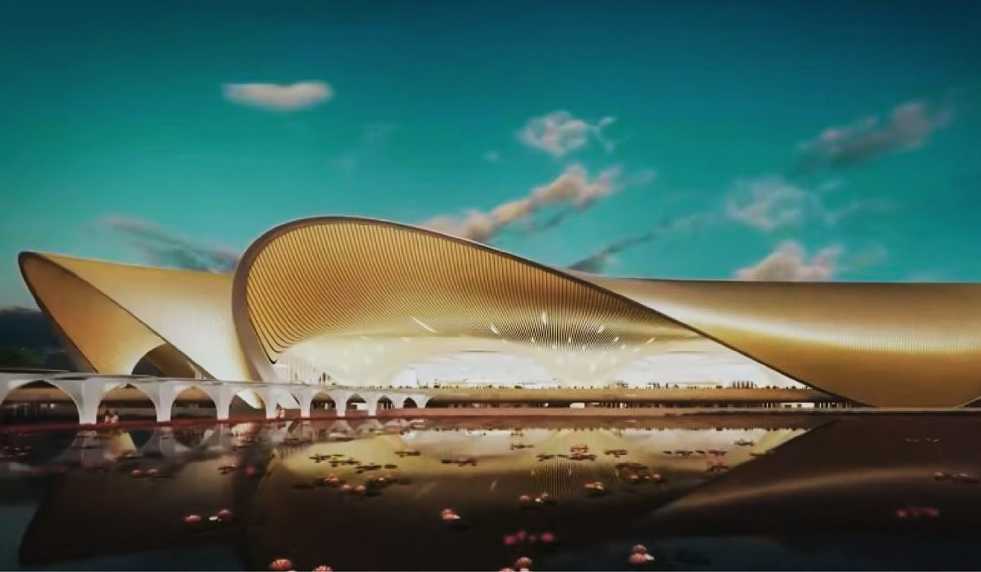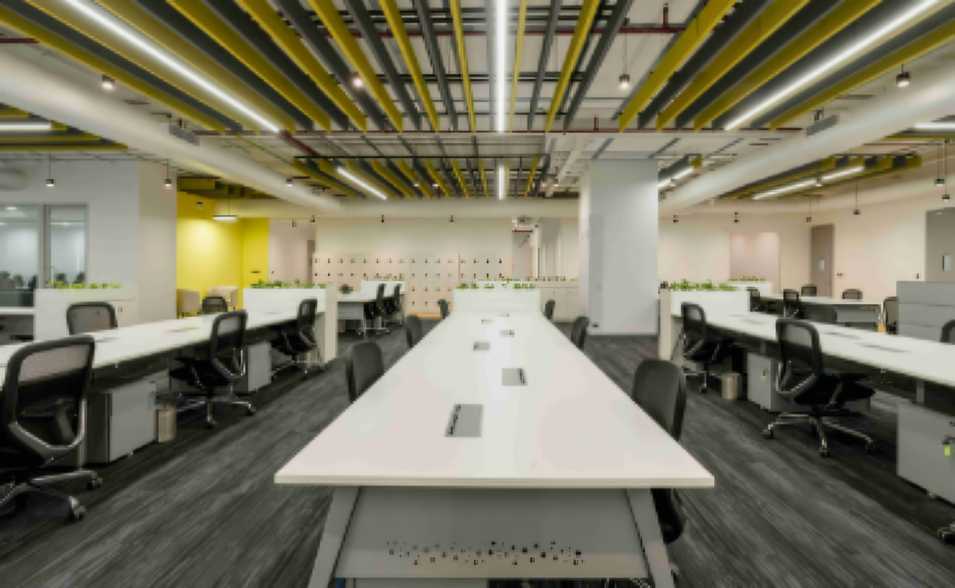August 22, 2025: The Navi Mumbai International Airport, officially named the DB Patil Navi Mumbai Airport, is one of India’s most ambitious aviation projects and is currently under construction in Ulwe, Navi Mumbai. Located in the Raigad district, around 18 kilometres from Ulwe and Panvel, the airport is being developed by Navi Mumbai International Airport Limited (NMIAL), a special purpose vehicle formed by Adani Airports Holdings Limited in partnership with the City and Industrial Development Corporation (CIDCO).
Spread across 1,160 hectares, the project is being implemented in five phases at an estimated cost of around Rs 18,000 crore. The foundation stone was laid by Prime Minister Narendra Modi in February 2018, while full-scale construction began in August 2021. According to the current timeline, construction is scheduled for completion in December 2024, with Phase I expected to be operational by March 31, 2025.
The airport will feature two parallel runways, each measuring 3,700 metres in length and 60 metres in width. It will also have an apron area of 7,20,000 square feet, a terminal area of 1,80,000 square feet, and parking bays capable of accommodating 10 Code C aircraft. Designed by the renowned Zaha Hadid Architects, the airport’s terminals will be shaped like a lotus and connected through three interlinked buildings. These will house food courts, lounges, travelators and a range of modern passenger amenities.
Implementation of the project is being carried out in stages. In its initial two phases, the airport will operate with one runway and one terminal, catering to around two crore passengers annually. Later phases will expand the capacity to nine crore passengers with two runways and four terminals. Construction of the first terminal, entrusted to L&T, began in November 2022 and includes a full runway, taxiways, apron systems, ground lighting and supporting infrastructure such as parking.
The development process has required significant site preparation, including hill levelling, the diversion of the Ulwe River, land acquisition and addressing delays caused by the COVID-19 pandemic. As of early 2024, the physical and financial progress of the airport had reached between 55% and 60%.
Connectivity is one of the project’s strongest features. The airport will be integrated with road, rail, metro and even water transport under the government’s Gati Shakti Yojana. It will be linked by road through the Sion-Panvel Highway, NH 348 and the Mumbai Trans Harbour Link. Targhar Railway Station will serve the airport, with future plans to connect it to the Mumbai-Hyderabad High-Speed Rail corridor. Metro connectivity will come via three lines, including Line 8, which will directly link Chhatrapati Shivaji Maharaj International Airport with the new Navi Mumbai hub. Water transport options such as hovercraft from Colaba and cargo routes from Raigad are also being explored for later phases.
Beyond its sheer scale, the airport is expected to make Mumbai the first city in India to host two operational international airports. It will also be the country’s first airport to feature automated passenger movement across 10 kilometres within its premises. Eco-friendly measures will be central to its operations, with solar energy generation on site and the exclusive use of electric vehicles. By 2032, it is projected to handle over nine crore passengers and around 0.25 crore tonnes of cargo annually.
The arrival of the airport has already begun to reshape Navi Mumbai’s real estate market. Once considered a satellite city, Navi Mumbai now rivals its parent city in scale and infrastructure. With major projects such as the Mumbai Trans Harbour Link and Navi Mumbai Metro enhancing connectivity, property values are expected to rise once the airport becomes operational. Developers including Godrej Properties, Adani Realty, L&T Realty and Raheja are expanding their footprint in anticipation of the growth.
Recent developments at the site highlight steady progress. In July 2024, the first signal test for the Instrumental Landing System was successfully conducted, marking an important milestone in preparing the runways for safe operations. Earlier in March 2024, CIDCO officials emphasised the airport’s significance to the nation and urged timely completion.
As the project nears its first phase of completion, the Navi Mumbai International Airport is set to transform the region’s connectivity, economy and urban landscape, making it one of the most significant infrastructure milestones in modern India.
Source: Housing.com





